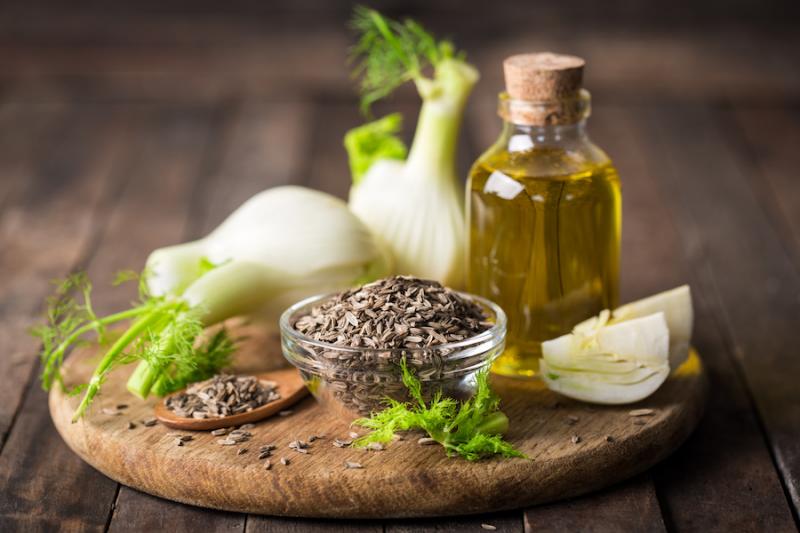- January 18, 2022
Mustard is More Than a Condiment
I’m sure that just about everyone has some form of mustard in their fridge or pantry. Along with mayonnaise and ketchup, mustard is one of the most popular condiments in America. And while you probably have mustard on hand, you might not be aware of its medicinal properties. Like the other members of the mustard family (Brassicaceae), such as horseradish and wasabi, mustard is a sulfurous plant. The sulfur compounds in plants like mustard give them their pungent taste. Sulfur compounds are also…
- January 11, 2022
Increase Your Capacity to Heal with Self-Heal
As much as I love taking people on herb walks, most classes I’ve taught have been in hotel rooms. This is why I've always enjoyed it when I’ve been able to go outside during the lunch break and do a mini herb walk on the hotel grounds. We typically find plants like dandelions, red clover, plantain, yarrow, and self-heal. Self-heal, also known as heal-all, is an herb that I think more people should be familiar with. Self-heal (Prunella vulgaris) is a member of the mint family that is native to…
- January 4, 2022
European Mistletoe
My first medicinal encounter with mistletoe was from the midwife who assisted in delivering my four children. She kept the remedy in her midwifery supplies to use as an agent to stimulate oxytocin, which causes uterine contractions. Although it can be used during labor to strengthen contractions, soften the cervix, and ease pain, I’ve never used it for that purpose. In fact, for many years, I avoided using or even learning about mistletoe. I knew the berries are poisonous and that the leaves,…
- December 28, 2021
Cardamom
One of the oldest known spices, the use of cardamom goes back to ancient Egypt. In spite of this, many Americans aren’t very familiar with this spice, something I hope to remedy in this article. Cardamom is aromatic and slightly pungent and sweet, with a warming energy. It’s a member of the ginger family, Zingiberaceae. The family name provides a nice clue to the basic effect that cardamom and ginger share. They both add a little zing to your energy. The fragrance of cardamom is associated with…
- December 21, 2021
The Specific Power of Pleurisy Root
Pleurisy is a disease caused by an inflammation of the pleura, the lining of the chest cavity and lungs. Normally when breathing in and out, the lungs slide smoothly along the slick surface of the pleura. When these tissues become inflamed, the lungs catch and don't glide smoothly causing pain and difficulty breathing. If you’ve ever had pleurisy, you know how painful it is. Pleurisy root is one of the few herbs that I think of as a specific. A specific is a remedy that is extremely helpful for…
- December 14, 2021
Garlic: Nature's Penicillin
Garlic is a common food that has the advantage of being an antifungal and antiviral in addition to being antibacterial. It is also antiparasitic and helps promote the growth of friendly gut bacteria due to its high content of mucilage which feeds friendly bacteria.
- December 7, 2021
The Value of Giving Thanks
Over 40 years ago, I was living in a basement apartment struggling to make ends meet. I was feeling really down and discouraged and stuck thinking about how bad I had it. But then, I started to think of the millions of people in the world who were worse off than me. I thought about all the people who don't always have enough to eat, or live in substandard housing, or otherwise struggle to have the basic necessities of life. I also thought of the many people who are blind, deaf, crippled, or otherwise…
- November 30, 2021
Fennel
Last week, many Americans celebrated Thanksgiving. It’s one of those times where people tend to eat too much and suffer from indigestion and bloating. So, I thought it would be appropriate to discuss one of the best remedies for easing digestive distress—fennel. Fennel seeds have been used as a digestive aid and carminative since the days of the Roman Empire. They have been used in traditional Chinese medicine for the same purpose, helping to treat abdominal distention and pain, vomiting, and…













